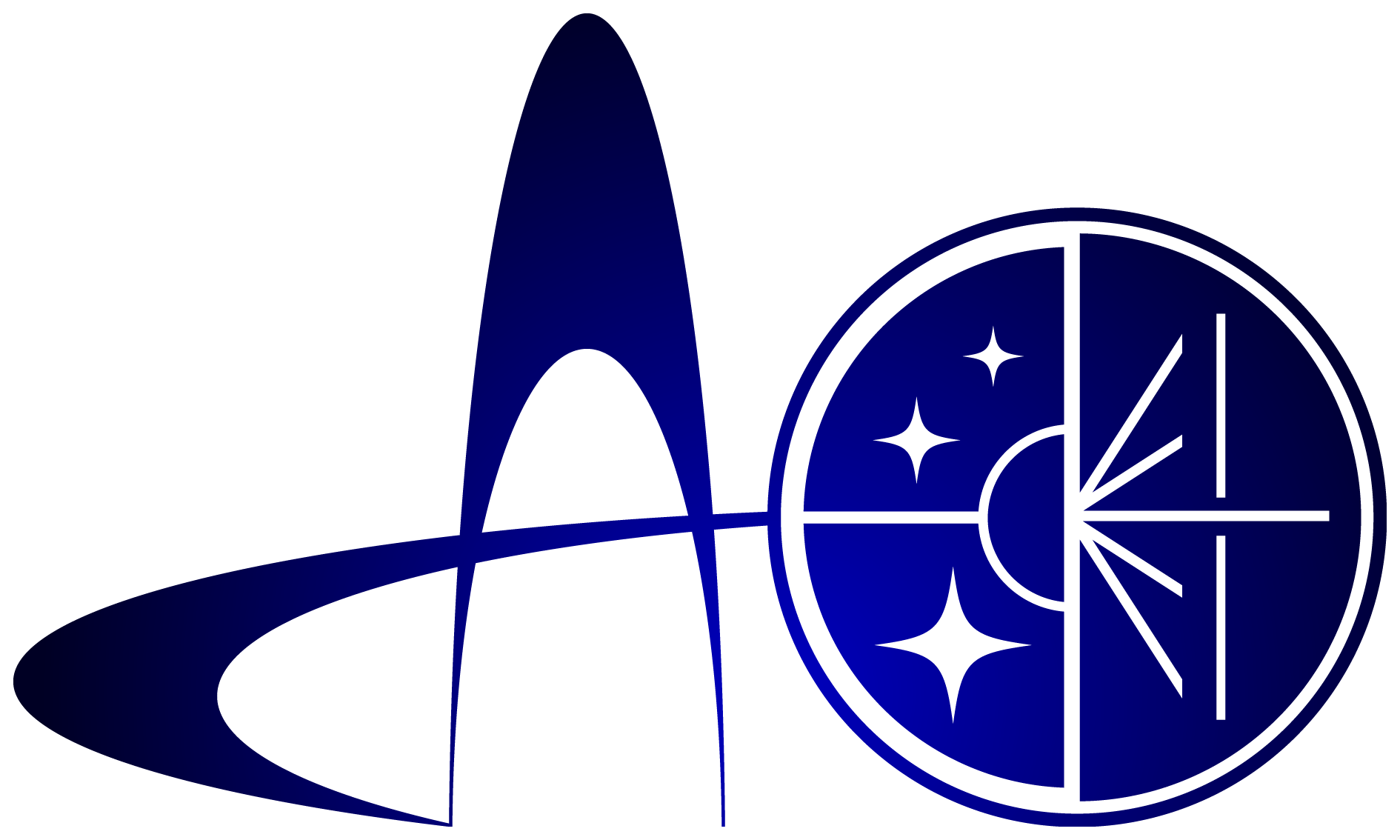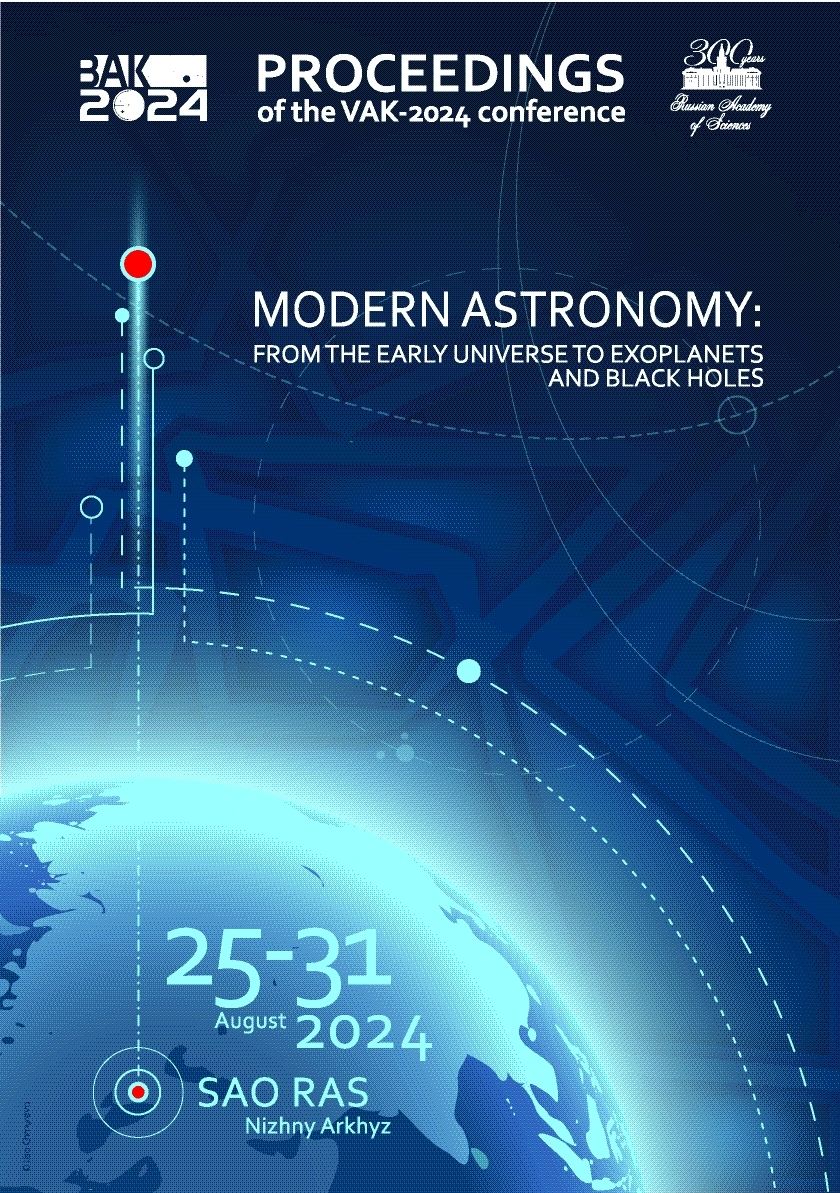UDC 52
UDC 53
UDC 520
UDC 521
UDC 523
UDC 524
UDC 52-1
UDC 52-6
CSCSTI 41.00
CSCSTI 29.35
CSCSTI 29.31
CSCSTI 29.33
CSCSTI 29.27
CSCSTI 29.05
Russian Classification of Professions by Education 03.06.01
Russian Classification of Professions by Education 03.05.01
Russian Classification of Professions by Education 03.04.03
Russian Library and Bibliographic Classification 2
Russian Library and Bibliographic Classification 223
Russian Trade and Bibliographic Classification 614
Russian Trade and Bibliographic Classification 6135
BISAC SCI004000 Astronomy
BISAC SCI005000 Physics / Astrophysics
It is proposed to consider the problem of the evolutionary connectivity of central near-nuclear S-stars and Hypervelocity Stars (HVS) which might have belonged to a common parent binary star in the past, torn apart by the tidal field of a Super Massive Black Hole (SMBH). Observational data from two independent catalogs made by Gillessen et al., 2017 and by Brown et al., 2018 are used for quantitative estimates. The justification of duality of the stars in the past is based on the analysis of reconstructed trajectories of ejection of HVSs with the use of time-inverse integration method in the Galactic potential and checking the distance from the SMBH at the moment of ejection to argue the scenario by Hills. The dynamic stability of S-stars is also investigated due to the possibility of identifying the pairing of HVS and S-stars in the past. The chaotization timescale of stars in the S-cloud is evaluated to understand the limits of applicability of the criterion of the coplanarity of S-star and HVS orbits.
hypervelocity stars; central S-stars; super massive black hole
1. Beckers S., Poppelaars C., Ulibarrena V., et al., 2024, Astron. Astrophys., 685, p. 12
2. Brown W., Geller M., Kenyon S., et al., 2005, Astrophys. J., 622, p. L33
3. Brown W., Lattanzi M., Kenyon S., and Geller M., 2018, Astrophys. J., 866, p. 39
4. Dryomova G., Dryomov V., and Tutukov A., 2023, Astron. Rep., 67, p. 894
5. Eckart A. and Genzel R., 1996, Nature, 383, p. 415
6. Fragione G., Capuzzo-Dolcetta R., and Kroupa P., 2017, MNRAS, 467, p. 451
7. Gillessen S., Plewa P., Eisenhauer F., et al., 2017, Astrophys. J., 837, p. 30
8. Hernquist L., 1990, Astrophys. J., 356, p. 359
9. Hills J., 1988, Nature, 331, p. 687
10. Kenyon S., Bromley B., Geller M., et al., 2008, Astrophys. J., 680, p. 312
11. Miyamoto M. and Nagai R., 1975, Publ. Astron. Soc. Japan, 27, p. 533
12. Navarro J., Frenk C., White S., 1997, Astrophys. J., 490, p. 493
13. Schodel R., Ott T., Genzel R., et al., 2003, Astrophys. J., 596, p. 1015
14. Schonrich R., Binney J., and Dehnen W., 2010, MNRAS, 403, p. 1829
15. Tutukov A., Dryomova G., and Dryomov V., 2007, Astron. Rep., 51, p. 435
16. Verlet L. and Weis J., 1972, Phys. Rev. A, 5, p. 939





